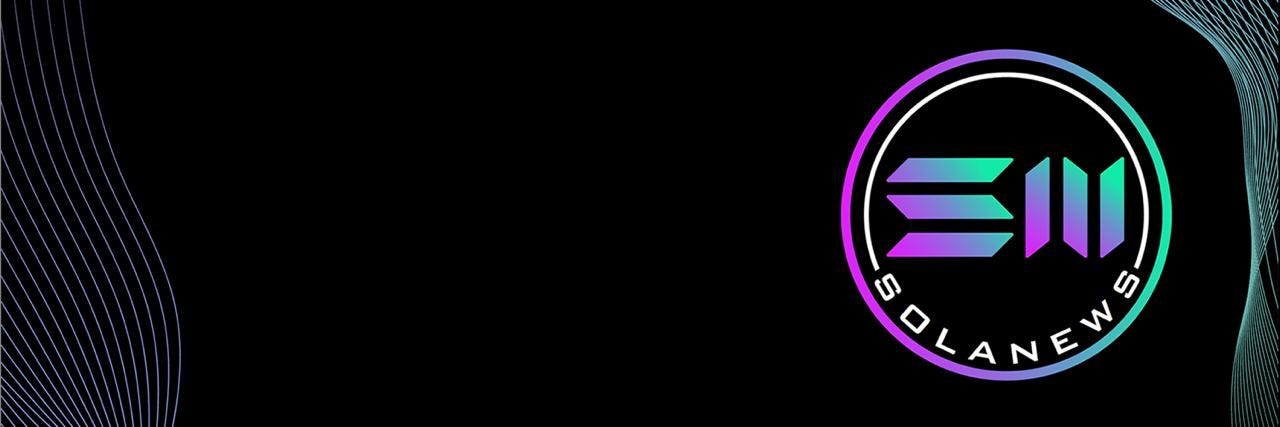The Solana chain is going through a change on fees during transactions

Quick Points
- Solana is implementing a new gas fee prioritization
- Solana may see some form of “gas wars” in the future
- Solana has multiple new features to combat blockchain destabilization
Solana has been going through a bit of a rough patch with the drop in price and constant outages. During the latest outage, many were speaking on how Solana needs to figure things out in order to stay a viable blockchain option.
Price to pay
Currently, a new fee prioritization model is about to be introduced by the team of Solana. This new model is designed to mitigate any impacts from in-demand applications or tech upgrades that may cause a slowdown or complete halt of the blockchain. The founder of Solana — Anatoly Yakovenko has promised that the new model will not punish users with fees across the network and will not be as high as Ethereum.
In a recent tweet thread, Anatoly explained the new fee in depth. The initial rollout of the new Solana version 1.10.25 will come with new upgrades that will help with the speed of the blockchain. In a simple way of explaining the update, Yakavenko likened the new update to there being a switch that everyone wants to flip but only the highest bidder being able to have that honor, basically saying the person who pays the highest gas fee is the person who’s transaction goes first.
SOL WARS
If you read that right you would know that means “gas wars” are coming to Solana. As stated before Anatoly promised that the gas wars will never be as high as those on Ethereum -which can get rather astronomical. During the Yuga Labs Otherside NFT drop on ETH there were reports of gas prices going into 4 figures. Worse on Ethereum is the fact that a single NFT drop that garners a ton of attention can indeed slow down the network making transactions even more expensive.
According to Yakovenko that is not the case with the new model of Solana. He spoke on how the fees are used to prioritize the transactions and that each Dapp, NFT project, Serum offering, or Orca Pool is its own switch. This means that you can definitely expect “gas wars” on popular NFT mints but these gas wars will not affect the efficiency of the blockchain as a whole. The whole process can be visualized by this excellent twitter by a Pedro on Twitter.
Network validators will add a certain number of transactions for a particular writable account per block. Yakovenko stated there will be “plenty of resources to add transactions” from elsewhere on the network thus making sure nothing impacts the service.
The fee of the base fee of Solana is already very low and that means any of the other planned fees would be extra fees placed on top as user-specified rates. These rates would be based on the number of computational units needed for the completion of a transaction. This means that the fee price is not concrete and is in essence demand-driven.
Added Features
In addition to the price fees, Solana has switched from its “raw User Data Protocol” system to that of Google’s QUIC. Google’s protocol includes control capabilities for the flow of information. The protocol can tell users and bots to slow down if things were to get hectic. QUIC throttles the bots at the source of the problem, this coupled with Metaplex’s “bot-tax” should prove more than useful in quelling network issues.
Solana is also adding a “Stake-weighted” quality of service feature which bases the service quality of the network node based upon the amount of SOL staked on it. For example if the node has 10% of SOL staked on it then that means it will have at least 10% of the data packets handled from that node and sent to the lead validator, this also means that unstaked nodes will be dropped faster than staked ones.
All of these changes are made to improve the stability and quality of the network on Solana. Currently, the validators are working on adopting the update. Once 95% of the network is updated then the validators will start implementing the new features. Yakovenko warned that it may take a few weeks before users start encountering the added fees.

